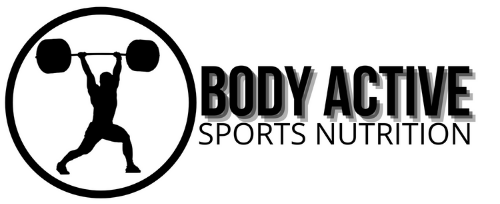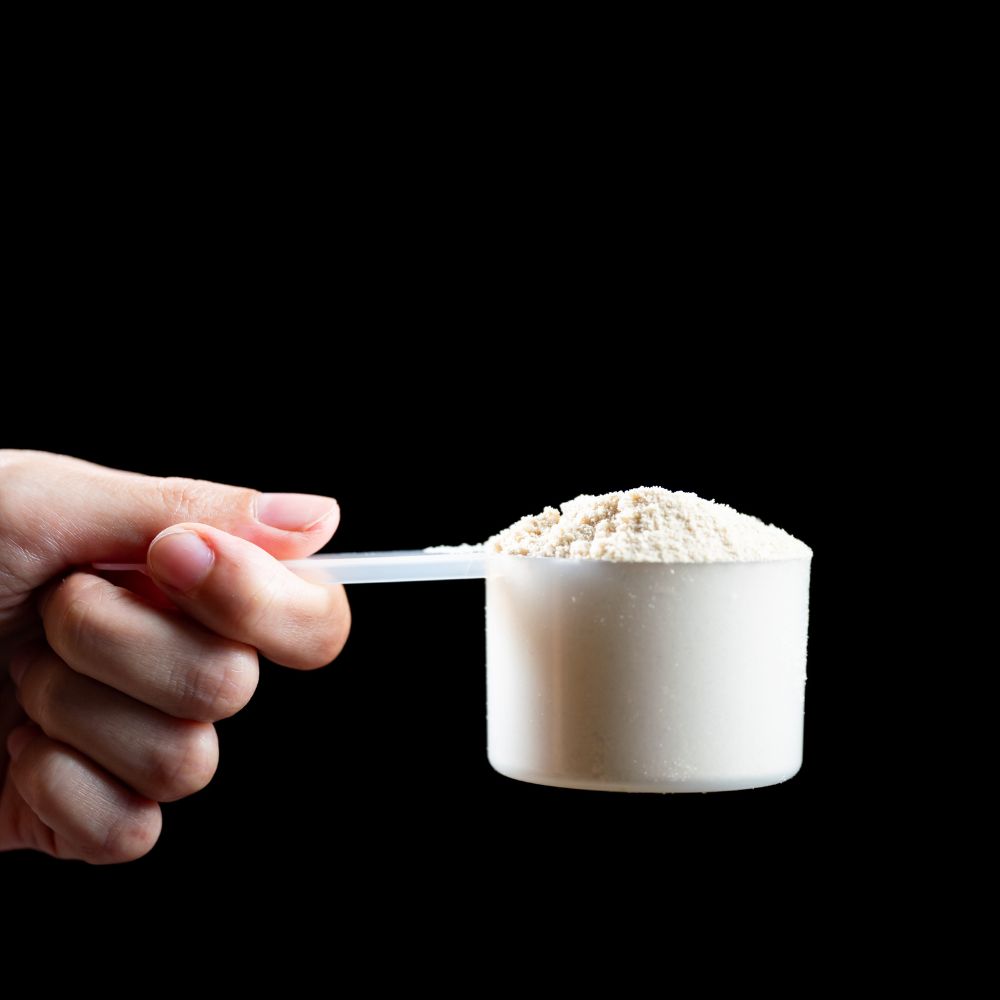Protein powder is a popular dietary supplement used by athletes, fitness enthusiasts, and those looking to increase their protein intake. With various types available on the market, understanding the ingredients in protein powder can help you make informed choices based on your health goals and dietary needs. Here’s a breakdown of common ingredients found in protein powders.
1. Protein Source
The primary ingredient in any protein powder is the protein itself. Different powders derive protein from various sources, each with unique benefits:
a. Whey Protein
- Source: A byproduct of cheese production from milk.
- Benefits: Rapidly absorbed, rich in essential amino acids, particularly leucine, which supports muscle growth.
b. Casein Protein
- Source: Another milk-derived protein, but it digests more slowly than whey.
- Benefits: Provides a sustained release of amino acids, making it ideal for overnight recovery.
c. Soy Protein
- Source: Made from soybeans.
- Benefits: A complete plant protein, rich in essential amino acids, and may support heart health.
d. Pea Protein
- Source: Derived from yellow peas.
- Benefits: It is easily digestible and hypoallergenic, making it ideal for anyone with dietary limitations.
e. Hemp Protein
- Source: Made from hemp seeds.
- Benefits: Contains omega-3 and omega-6 fatty acids and is rich in fiber.
f. Rice Protein
- Source: Derived from brown rice.
- Benefits: Hypoallergenic and easily digestible, though it is lower in some essential amino acids.
g. Egg White Protein
- Source: Made from egg whites.
- Benefits: A complete protein with a high biological value, providing essential amino acids.
2. Flavorings and Sweeteners
To enhance the taste of protein powders, various flavorings and sweeteners are often added:
a. Natural Flavorings
- These can include vanilla, chocolate, or fruit extracts that enhance the flavor without artificial ingredients.
b. Sweeteners
- Natural Sweeteners: Such as stevia, monk fruit, or honey, which provide sweetness with fewer calories.
- Artificial Sweeteners: Such as sucralose or aspartame, which are low-calorie options that provide sweetness without sugar.
3. Thickeners and Stabilizers
These ingredients improve the texture and consistency of protein powder:
a. Xanthan Gum
- A common thickener (natural ingredient) that helps improve the texture of shakes.
b. Guar Gum
- Another thickening agent (natural ingredient) that can help create a creamier consistency.
4. Additional Nutrients
Many protein powders are fortified with additional vitamins and minerals to enhance their nutritional profile:
a. Vitamins
- Common additions include B vitamins (for energy metabolism) and vitamin D (for bone health).
b. Minerals
- Calcium, magnesium, and iron are often included to support various bodily functions.
c. Digestive Enzymes
- Ingredients like lactase or bromelain may be added to aid digestion and improve protein absorption.
5. Fats and Fiber
Some protein powders may contain added fats and fiber for additional health benefits:
a. Healthy Fats
- Sources like MCT oil (medium-chain triglycerides) may be included for energy and fat loss support.
b. Fiber
- Ingredients like inulin or psyllium husk can be added to promote digestive health and improve satiety.
Conclusion
Understanding the ingredients of protein powder can help you select the right product for your health goals and dietary preferences. Whether you’re looking for a fast-absorbing whey protein or a plant-based option like pea protein, reading labels and knowing what’s in your protein powder will empower you to make informed choices. Always consider your individual nutritional needs and consult with a healthcare professional if you have any specific dietary concerns.

